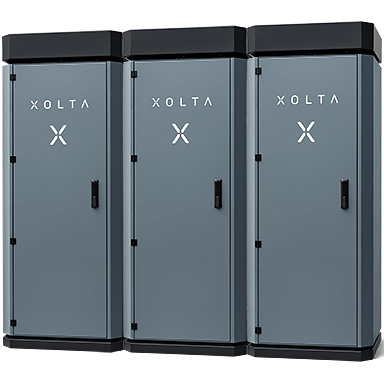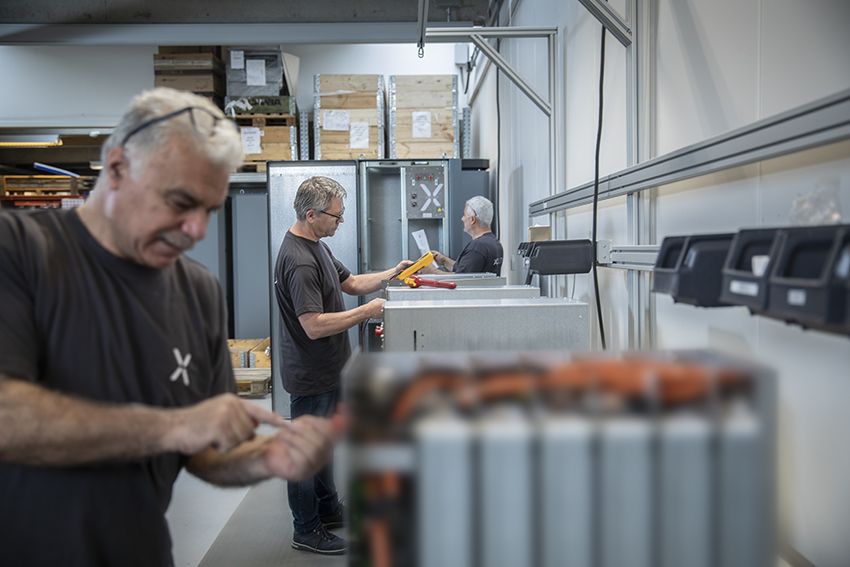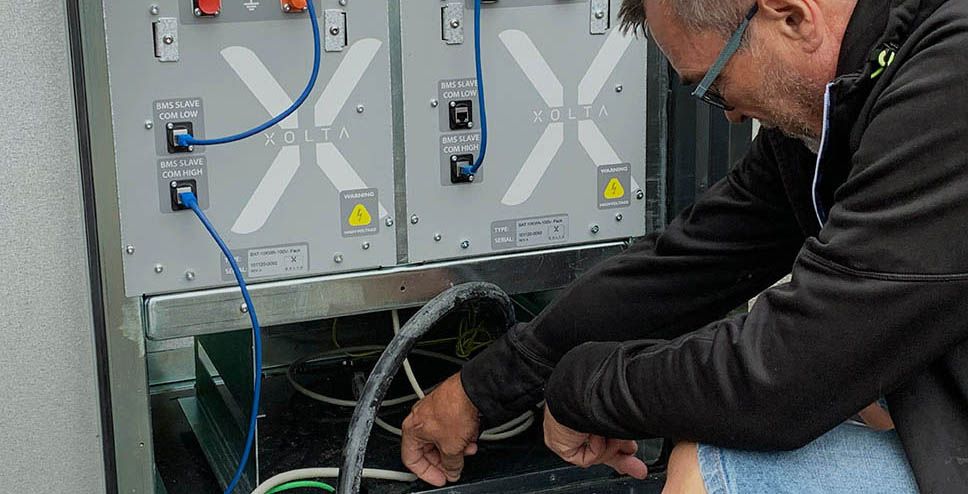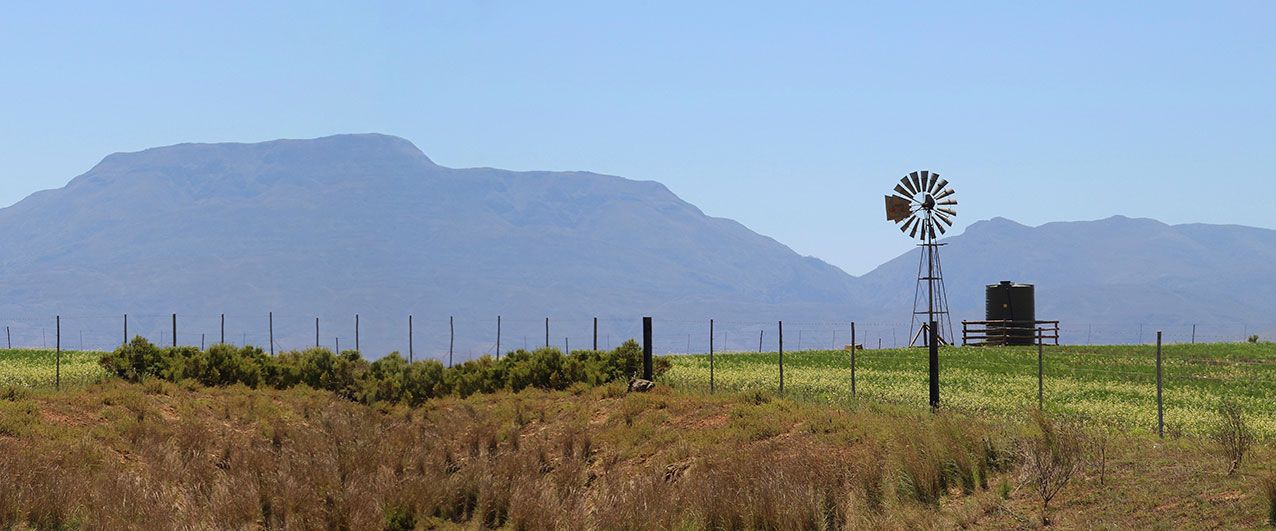7 questions cost-conscious microgrid developers should ask before choosing an energy storage system
Modularity and standardization are often cited as ways to drive down microgrid prices. But what else should you explore to ensure you get the most cost-efficient, high-performance microgrid energy storage system? Ask your potential supplier these questions before you buy.
1. How easy and expensive is it to scale storage capacity to cover our potential future needs?
Make sure the solution you choose deals with the uncertainty of future demands in a sensible way. Ideally, it meets your current capacity expectations and can be scaled up easily and efficiently – potentially even more cheaply in the future.
As costs for energy storage are on a downward trend, according to BloombergNEF and other analysts, future purchases are likely to be less expensive.
“Some developers buy oversized energy storage systems just to be on the safe side. That often wastes money,” cautions Lars Kruse, Energy Storage Director at intelligent battery energy storage system producer XOLTA.
For example, he explains, the physical footprint of each 79 kWh XOLTA battery “building block” is just 73 cm x 85 cm – more like LEGO® bricks than the larger DUPLO®-sized products others sell. And upscaling the electrical size matches the compact physical size of the XOLTA battery rack itself.
“It’s much more convenient,” he says. “You just select the size you need now, and when and if you need more capacity, it’s easy to scale up by small increments over time. You don’t have to over-invest.”

The physical footprint of each 79 kWh XOLTA battery ‘building block’ is a convenient 73 cm x 85 cm.
There is no need to overinvest in storage capacity.
2. How agile are you?
Standardization clearly helps keep costs down. However, small- to-medium-sized microgrid developers, in particular, can often benefit from the ability to adapt standard solutions to meet their specific needs. Transparency on the supplier’s part also makes the process go more smoothly.
“Since customers don’t always know exactly what they need or want, strict standardization is not necessarily in the developer’s or the customer’s best interests,” says XOLTA’s Bendt Iversen, Business Development Director. As he points out, XOLTA’s BAT-79 battery energy storage system can be used for microgrids as-is or can include developer-specific modifications.
“Our engineering service allows some adaptation of our system to meet a project’s specific requirements,” Iversen says. “Sometimes it’s the little change that makes the big difference to a project.”
Adds XOLTA Energy Storage Director Kruse: “We can grant access to battery data and control at a level where others do not appear to. There’s lots of transparency regarding what the product does from a software standpoint, too.”
What’s more, he explains, XOLTA’s extensive in-house expertise enables them to be more agile than most manufacturers. The battery rack with HVAC, LiBAL BMS, site controller and intelligent Cloud solution all are created onsite. “We don’t have to depend on others, which makes us able to serve customers quickly,” Kruse asserts.

Extensive inhouse expertise enables XOLTA to be more agile than most manufacturers. The battery rack with HVAC, LiBAL BMS and site controller are all created onsite
3. How committed are you to renewable energy storage?
As microgrids transition from fossil fuel dependence to the inclusion of more and more renewable energy sources, it’s important to think intelligent energy storage of both into retrofits and new projects. Where do your potential energy storage partner’s loyalties lie? And how much experience do they have with renewable energy?
The chances of a good working relationship and successful project increase when all parties have the same core values.
Global research analysts Wood Mackenzie believe that microgrids will become increasingly reliant on renewable technologies. Reflecting on their U.S. microgrid research, released in July 2020, analyst Isaac Maze-Rothstein says: “Through our five-year forecast we are optimistic that solar, wind, hydropower and energy storage will grow to account for 35% of annually installed capacity by 2025.”
Wood Mackenzie’s forecast takes into account how the coronavirus will impact microgrids over the next five years.
While some energy management activities have been put on hold during the pandemic, energy management is “poised to prevail,” according to the Deloitte Resources 2020 Study. Among Deloitte’s findings: 44% of businesses in the U.S. have considered implementing a microgrid, up 9 points from 2019.
4. Where do the product’s components come from?
Regardless of the cost of the energy storage solution you’re considering, make sure you find out where the components come from and where the product itself is manufactured. Are you truly getting good value with what appears on the surface to be the cheapest solution?
Don’t settle for anything but top-tier components and assembly. Also, make sure that inverters are grid compliant and certified in markets you are targeting.

Easy installation makes a big difference for the establishment of a microgrid
5. How easy is your storage solution to install and service?
At the risk of stating the obvious, even the cheapest product is too expensive if it is difficult to install, breaks down frequently or takes a long time to repair. Make sure the energy storage solution you’ve got your eye on has a good track record on all counts.
Ask for details regarding installation, service and repairs. And don’t hesitate to contact some of the supplier’s previous customers to hear about their experience with the product and people. The most useful reviews come from those who don’t have anything to lose by being honest.
6. How will you treat my project and me?
If your potential supplier resembles David more than Goliath, make sure they have excellent credentials and secure financial backing. You want them not only to be great at their job now, but also to be around long-term.
If they’re one of the big players, listen to your gut when you look at their credentials. Your project deserves individual attention to detail, agility and engaged support from the supplier’s staff. Be certain they walk the talk.
7. Does your company write self-promotional articles like this with the hope of getting new partners?
Guilty as charged. That being said, we at XOLTA do believe in – and practice – everything we’ve written here. And we sincerely hope the information will help you as you do your research.
Just let us know if you have any more questions. We wish you the best of luck as you develop your microgrid!
